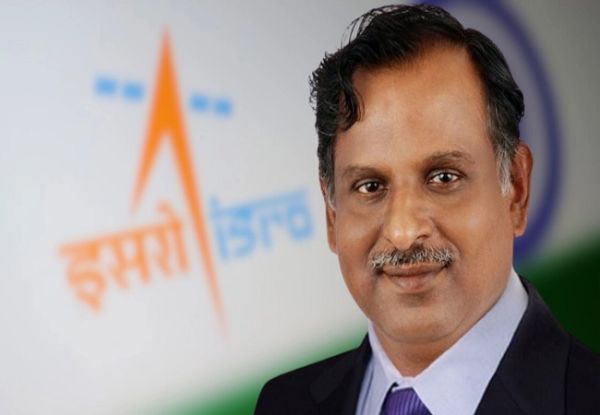
New Delhi. Preparations for India’s ambitious Gaganyaan mission are progressing rapidly. ISRO chief V. Narayanan said that till now about 90 percent of the development work to the mission has been completed. Narayanan said Gaganyaan is India’s first manned space mission and many complex technologies had to be developed for it. He told that the Gaganyaan mission is progressing very well. For this mission, the rocket had to be made suitable for human flight, the orbital module had to be prepared, and environmental control and safety systems had to be developed. Apart from this, crew escape system, parachute system and other human- technologies also had to be created.
‘Astronauts will be sent after the success of the uncrewed mission’
ISRO chief said that now three unmanned (uncrewed) missions are yet to be completed. Astronauts will be sent only after these missions are successful. He told that in the first uncrewed mission, a humanoid robot named ‘Vyommitra’ will be sent. He said that we are aiming to send a human mission in early 2027.
After attending the preview event of the ‘Emerging Science, Technology and Innovation’ conference, ISRO Chairman Dr V Narayanan said the mission involves taking the rocket to an altitude of more than 170 kilometres, after which the propulsion of the crew module will reach 400 kilometres. During return, seven parachutes ensure safe landing in the sea. A test demonstrated this: the module was dropped from an Air Force helicopter located 3 kilometers away, its parachutes deployed automatically, and was successfully retrieved by the Navy. There are more experiments to come, but work continues, including progress on a humanoid mission, which is aiming for the first crewed mission this year.
ISRO conducted the test on 24 August 2025
Let us inform you that on August 24, 2025, ISRO had successfully completed the first integrated air drop test under the Gaganyaan programme. This test took place at the Satish Dhawan Space Center in Sriharikota. In this test, it was tested how nine parachutes would work together if the spacecraft were to land on Earth, so that the crew module could land safely in the ocean.
ISRO chief V. Narayanan said that we launched a simulated module from a helicopter to a height of about three km, and with the help of nine parachutes it was successfully landed safely. It is clear from this major achievement of ISRO that India has now taken a decisive step towards human space flight. If all goes as per plan, India will see its first manned mission flying into space as early as 2027.